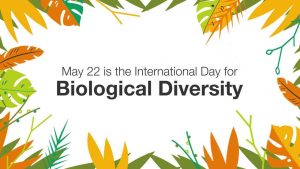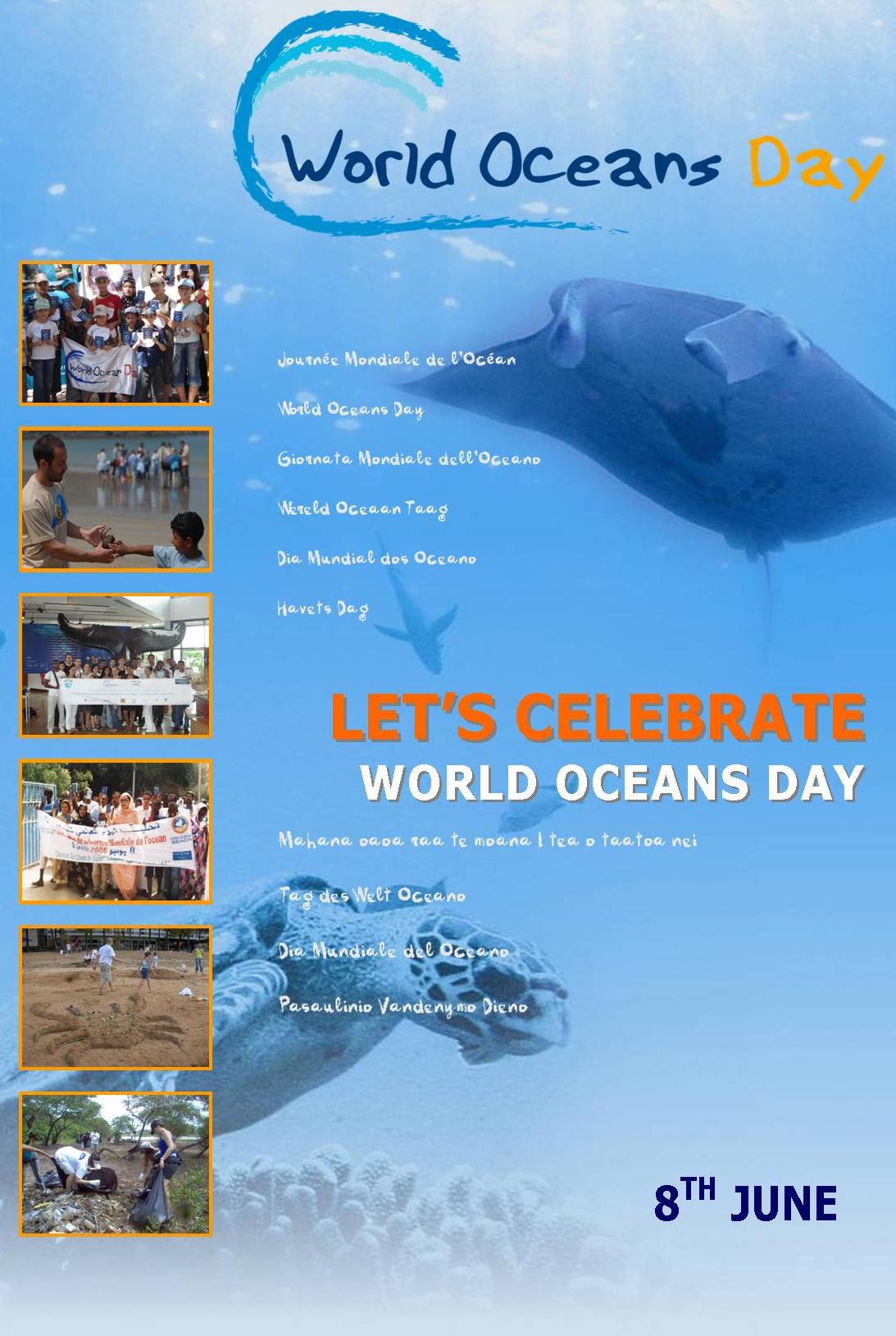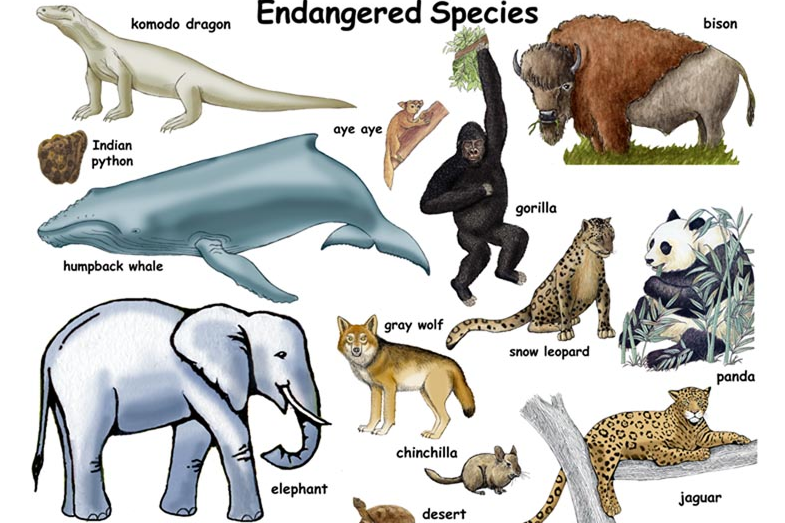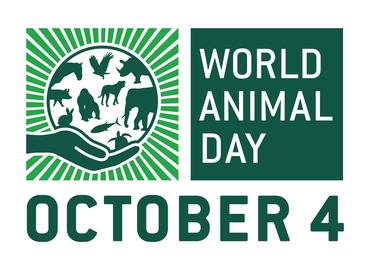Source: Text: Google Image: AffairsCloud.com
For nearly a century, drug and chemical safety assessments have been based on laboratory testing involving rodents, rabbits, dogs, and other animals. Aside from the ethical issues they pose—inflicting both physical pain as well as psychological distress and suffering on large numbers of sentient creatures—animal tests are time- and resource-intensive, restrictive in the number of substances that can be tested, provide little understanding of how chemicals behave in the body, and in many cases do not correctly predict real-world human reactions. Similarly, health scientists are increasingly questioning the relevance of research aimed at “modelling” human diseases in the laboratory by artificially creating symptoms in other animal species.
It is estimated that more than 115 million animals worldwide are used in laboratory experiments every year. But because only a small proportion of countries collect and publish data concerning animal use for testing and research, the precise number is unknown.
Within the European Union, more than 12 million animals are used each year, with France, Germany and the United Kingdom being the top three animal using countries.
What’s the alternative?
If lack of human relevance is the fatal flaw of “animal models,” then a switch to human-relevant research tools is the logical solution. The National Research Council in the United States has expressed its vision of “a not-so-distant future in which virtually all routine toxicity testing would be conducted in human cells or cell lines”, and science leaders around the world have echoed this view.
 World Wetlands Day is annually held on February 2 to celebrate how wetlands, which are lands saturated by water, help maintain biodiversity on Earth.
World Wetlands Day is annually held on February 2 to celebrate how wetlands, which are lands saturated by water, help maintain biodiversity on Earth.
 May 22 is celebrated as International Day for Biological Diversity to increase understanding and awareness of biodiversity issues. The day also marks the entry into force of the Convention on Biological Diversity.
May 22 is celebrated as International Day for Biological Diversity to increase understanding and awareness of biodiversity issues. The day also marks the entry into force of the Convention on Biological Diversity. Snakes have gotten something of a bad rap over the past few thousand years. What with that one snake tricking that nice lady into eating an apple way back when, thus condemning the entire human race to mortality, snakes have been mistrusted if not flat-out feared.
Snakes have gotten something of a bad rap over the past few thousand years. What with that one snake tricking that nice lady into eating an apple way back when, thus condemning the entire human race to mortality, snakes have been mistrusted if not flat-out feared.

 We live in a world full of many animals, insects, plants and creatures which are approaching risk of extinction – or are so close to extinction, that their species needs help immediately. When a species is defined as endangered, its numbers are especially low – in the last few thousands, hundreds, or even tens. And when the last of the species is gone, they are gone for good.
We live in a world full of many animals, insects, plants and creatures which are approaching risk of extinction – or are so close to extinction, that their species needs help immediately. When a species is defined as endangered, its numbers are especially low – in the last few thousands, hundreds, or even tens. And when the last of the species is gone, they are gone for good. It’s all about animals on October 04 – the World Animal Day (WAD). This is an international awareness day and puts the harm of animals caused by humans into the centre of attention. Often farm animals and pets are kept under bad conditions and neglected.
It’s all about animals on October 04 – the World Animal Day (WAD). This is an international awareness day and puts the harm of animals caused by humans into the centre of attention. Often farm animals and pets are kept under bad conditions and neglected.  Extremely cruel treatments like violence, neglect or too long periods of transports are blasted. Very often animal homes, shelters and animal clinics organize open house on World Animal Day. Everyone shall be encouraged to rise up against cruelty towards animals.
Extremely cruel treatments like violence, neglect or too long periods of transports are blasted. Very often animal homes, shelters and animal clinics organize open house on World Animal Day. Everyone shall be encouraged to rise up against cruelty towards animals.